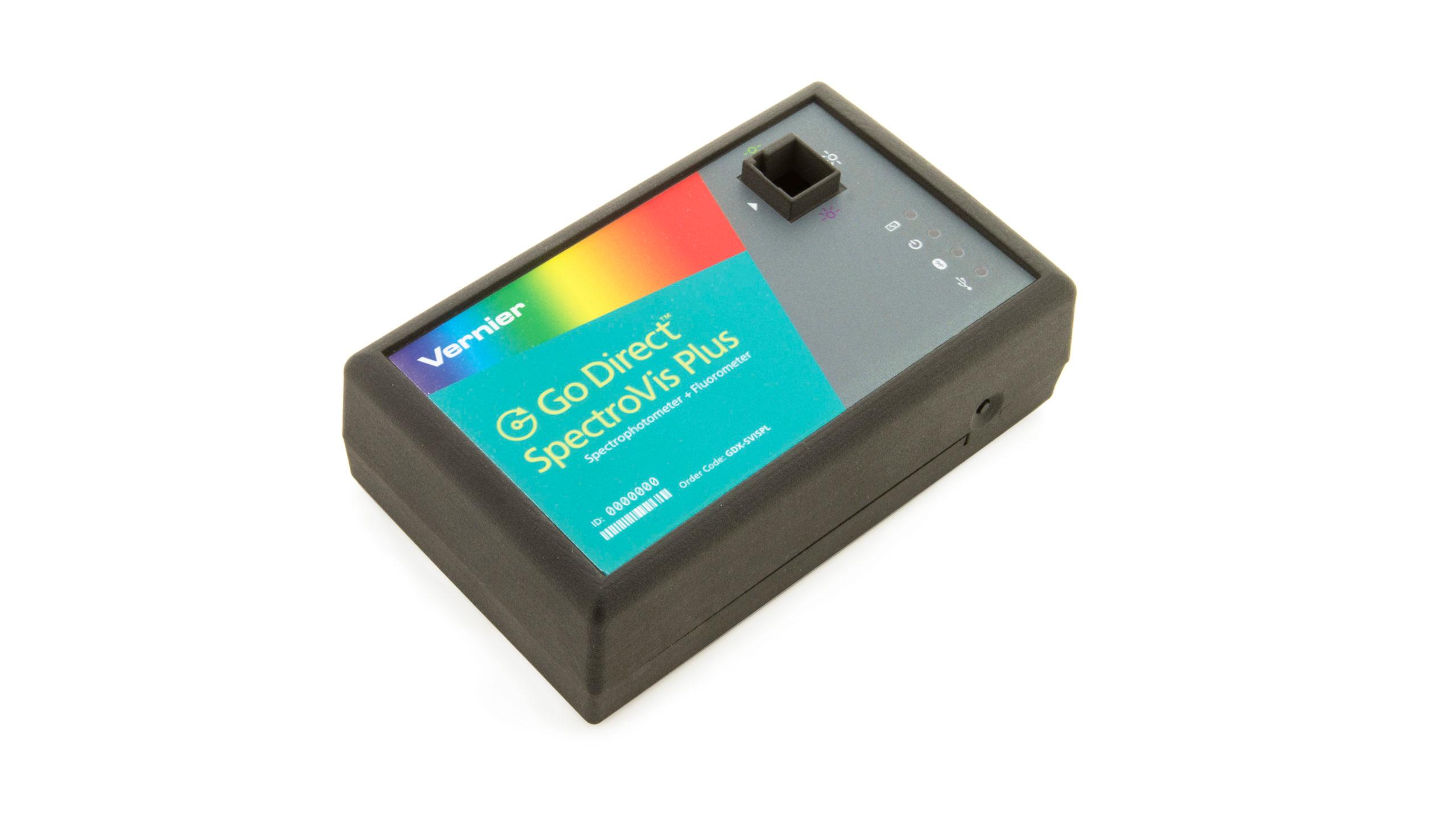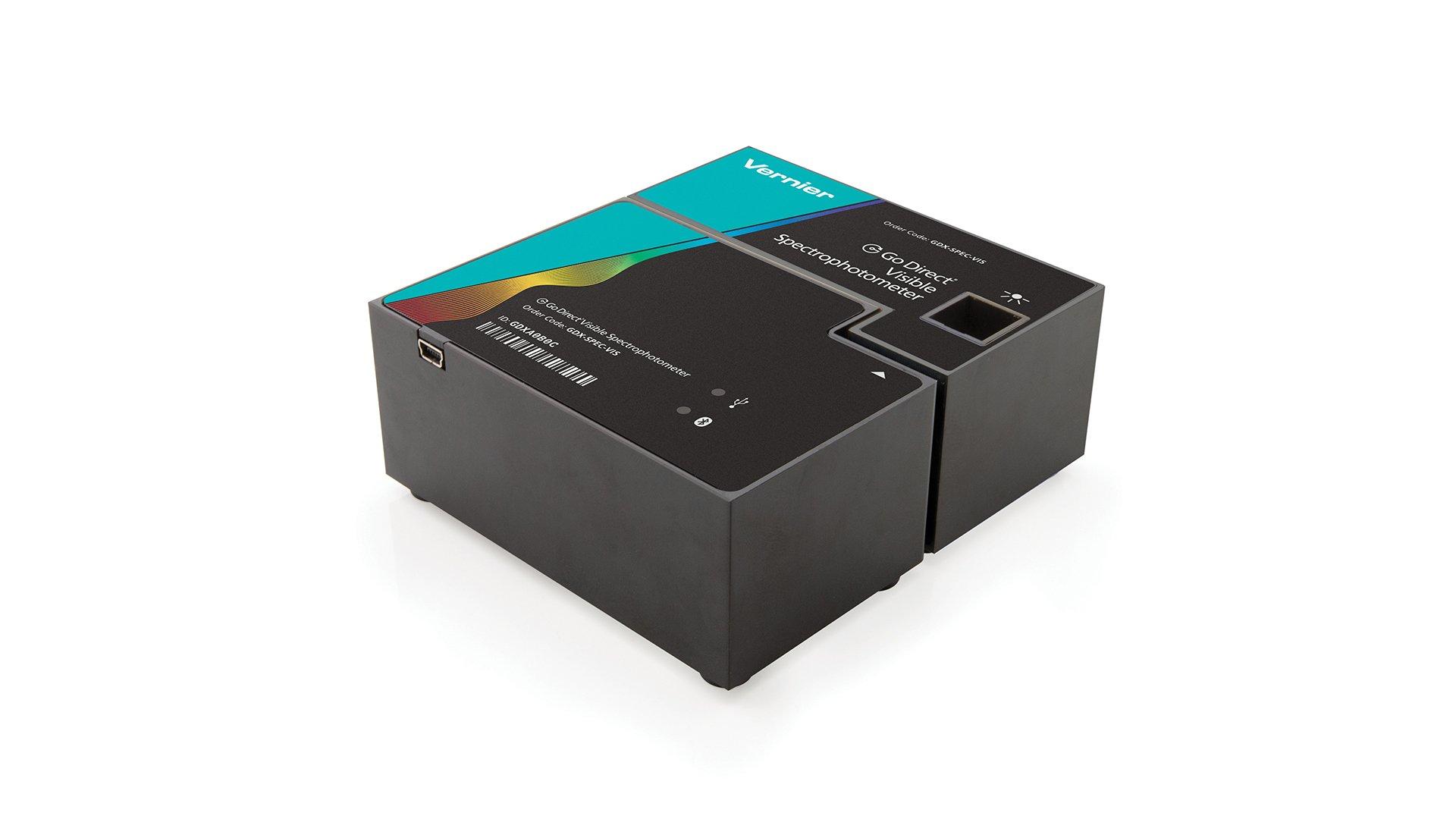Determining the Copper Content in Brass
Experiment #2 from Vernier Chemistry Investigations for Use with AP* Chemistry
- Education Level
- High School
- Subject
- Chemistry
Introduction
Brass is an interesting metal that has a wide variety of uses. It is a good example of how elements can be combined to produce a new solid substance with a collection of properties that take advantage of the best, or desired, properties of the individual elements.
Brass is a member of the family of solid substances called alloys. An alloy, simply put, is a mixture of two or more solid elements. A mixture of molten copper and zinc is the simplest form of brass. Commercial forms of brass may also contain small amounts of other elements.
Objectives
The objective of this investigation is to determine how much copper is in a sample of brass. By treating a brass sample with nitric acid, the neutral atoms will be converted to ionic form, which allows for easier analysis.
Sensors and Equipment
This experiment features the following sensors and equipment. Additional equipment may be required.
Ready to Experiment?
Ask an Expert
Get answers to your questions about how to teach this experiment with our support team.
- Call toll-free: 888-837-6437
- Chat with Us
- Email support@vernier.com
Purchase the Lab Book
This experiment is #2 of Vernier Chemistry Investigations for Use with AP* Chemistry. The experiment in the book includes student instructions as well as instructor information for set up, helpful hints, and sample graphs and data.



